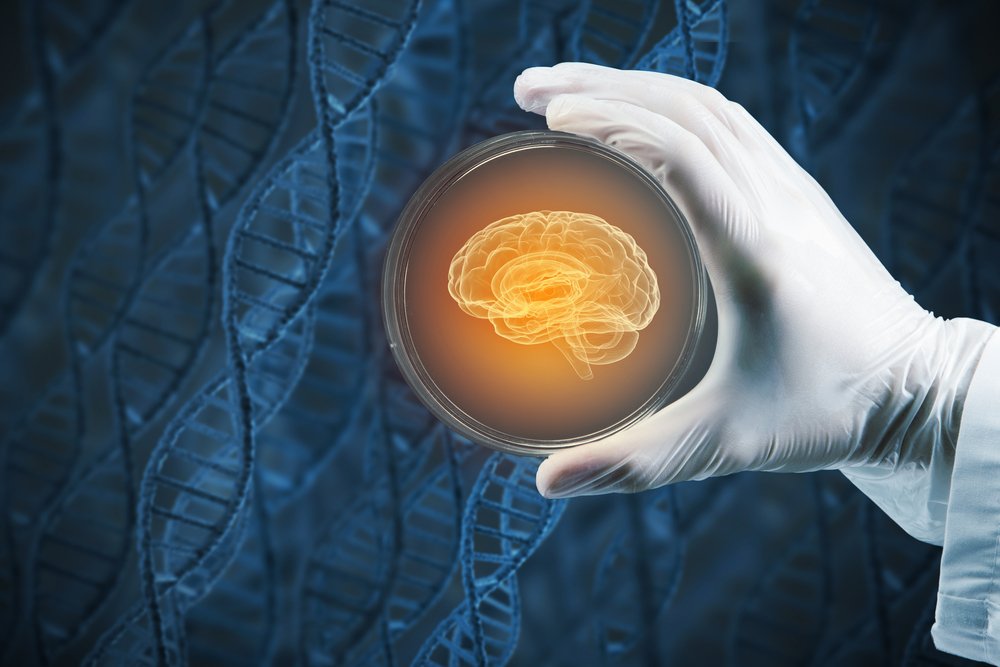Changes in Specific Brainstem Nerve Cells Linked to Parkinson’s for First Time

It’s widely accepted that Parkinson’s disease (PD) patients experience neuronal death in the brainstem. Now, for the first time, researchers report that the number of copies of mitochondrial DNA is increased in the surviving nerve cells within this area of the brain.
Interestingly, specific brainstem neurons had more alterations in their mitochondrial DNA.
“This is the only study to date to characterise mitochondrial DNA errors in cholinergic neurons, a neuronal population that is highly vulnerable to cell death in Parkinson’s disease patients,” Joanna Elson, PhD, a mitochondrial geneticist at Newcastle University, said in a press release.
The study resulted from a collaboration between Newcastle University and University of Sussex, both in the United Kingdom.
The team’s work, “Mitochondrial DNA xchanges in pedunculopontine cholinergic neurons in Parkinson disease,” was published in Annals of Neurology.
Mitochondria are our cells’ powerhouses, responsible for maintaining their health. Changes to the genetic composition of the mitochondria compromise its function and can lead to nerve cell death.
Mitochondrial DNA damage has been associated with both normal aging and neurodegeneration.
In a Parkinson’s scenario, studies have demonstrated that a specific brainstem region, known as the pedunculopontine nucleus (PPN), presents altered mitochondrial DNA.
PPN is thought to be involved in the initiation and modulation of gait and other stereotyped movements. As a result of Parkinson’s progression, these “behavioral functions” are affected.
Part of the PPN is made up of cholinergic neurons, meaning these cells produce the brain chemical acetylcholine and use it to communicate with other nerve cells. Cholinergic neuronal loss has been observed in Parkinson’s patients.
In this study, researchers isolated single cholinergic neurons from postmortem PPNs of Parkinson’s patients and aged controls. They then analyzed its mitochondrial DNA content.
Results showed that the number of copies and changes in mitochondrial DNA were significantly higher in the Parkinson’s group, compared to the control samples.
Moreover, the mitochondrial DNA of Parkinson’s patients changed by more than 60 percent, which has been associated with deleterious effects on mitochondria function.
The current results differ from other studies that have focused on other brain regions and cell types.
“Our study is a major step forwards in gaining an enhanced insight into the serious condition. Only by understanding the complexities of what happens in specific cell-types found in specific areas of the brain during this disease can targeted treatments for Parkinson’s disease be produced,” Elson explained.
“At present, treatments are aimed at the whole brain of patients with Parkinson’s disease. We believe that not only would cell-specific targeted treatments be more effective, but they would also be associated with fewer side-effects,” said Ilse Pienaar, PhD, a neuroscientist at Sussex University.






